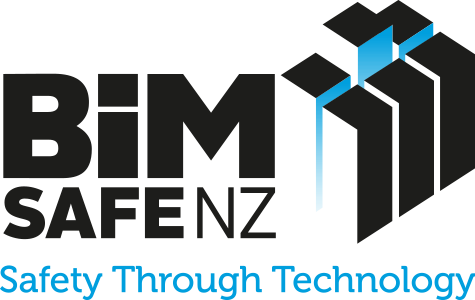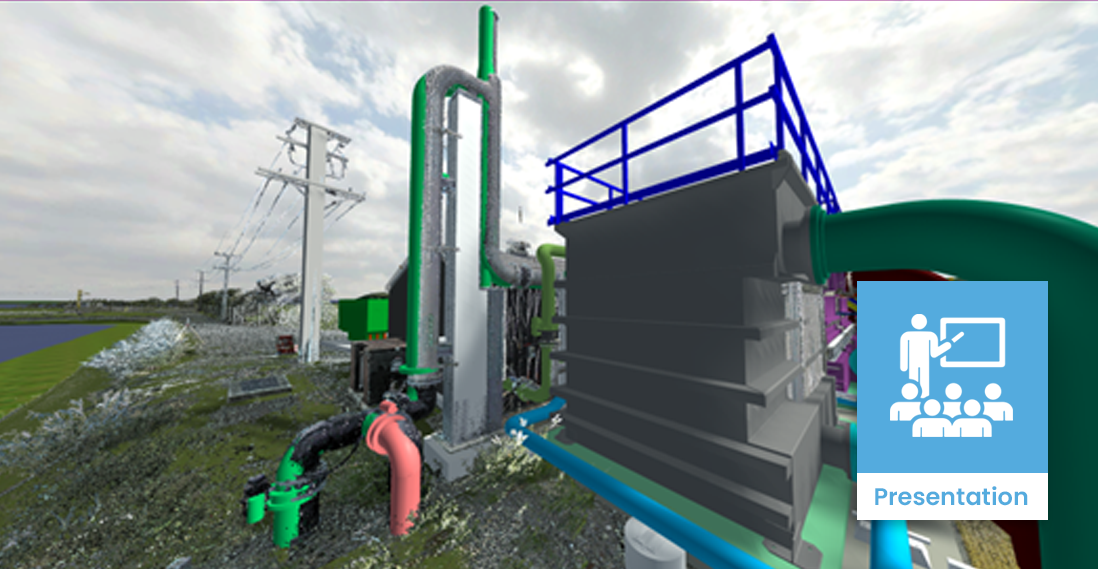Watercare: Digital engineering to support health and safety on infrastructure projects
Summary
Watercare, a water utility company in New Zealand, has implemented a digital engineering program to improve health and safety, reduce carbon footprint, and decrease cost and time on their infrastructure projects. Using BIM and data-driven approaches, Watercare aims to enhance awareness, collaboration, and consistency across their supply chain and project lifecycle.
This presentation was given by Farzam Farzadi, Technical Director – Digital Engineering Advisory at Beca, at the BIMSafe Beyond the Blueprint event in Auckland.
Background
Watercare has a $13 billion program of work for the next 10 years, involving approximately 2,500 people and over 500 projects ranging from $100 million to $1 billion. To address the challenges associated with such a large-scale program, the company has set ambitious objectives to reduce carbon footprint by 40%, cost and time by 20%, and health and safety issues by 20%. These goals have driven Watercare to explore innovative solutions and embrace digital engineering practices.
Video
Approach
To identify areas for improvement, Watercare conducted a review of projects delivered over the past 10 years in the water sector, collaborating with construction partners and sustainability teams. This review led to the development of several key initiatives:
- Project Categorisation: Watercare categorised projects into five main categories based on construction activities, risk profile, and size. Each category has specific health and safety requirements, ensuring a tailored approach to risk management.
- Consistent Digital Environment: The company established a consistent digital environment to improve awareness and collaboration among construction teams from the project’s inception. This digital environment facilitates effective communication and information sharing, promoting a proactive approach to health and safety management.
- Digital Rehearsals: Watercare conducted digital rehearsals of main installations and connectivity between existing and new assets. These rehearsals help identify potential issues, reduce time, cost, and health and safety risks, and ensure a smoother construction process.
Health and safety benefits
- Greater awareness of risks across the organisation: Digital engineering enables better awareness and management of health and safety risks throughout the project lifecycle, from design to operations. By providing a comprehensive view of the project, digital tools help identify potential hazards early on, allowing for proactive mitigation strategies.
- Practical improvements: Watercare has set a target of a 20% year-on-year reduction in accidents and injuries. The digital engineering program supports this goal by facilitating more effective risk assessment, hazard identification, and safety planning. The use of BIM and data-driven approaches ensures that safety considerations are integrated into every stage of the project.
Other benefits
- Cost savings: By implementing data-driven approaches, Watercare estimates a potential cost reduction of 2-4%, equating to $260-500 million in savings over the next 10 years. These savings can be attributed to more efficient processes, reduced rework, and improved decision-making.
- Reduced carbon footprint: Consistent implementation of digital practices contributes to Watercare’s goal of reducing carbon footprint by 40%. Digital tools enable more accurate material estimation, waste reduction, and optimised resource allocation, leading to a more sustainable construction process.
- Streamlined processes:By maintaining the creation and reuse of data throughout the project lifecycle, Watercare aims to reduce the number and types of information produced by designers, contractors, and operations teams. This streamlining of processes improves efficiency, reduces the risk of errors, and enhances overall project performance.
Lessons learnt
Watercare’s digital transformation journey offers valuable lessons for the construction industry:
Client involvement is essential
The role of clients and asset owners is critical in empowering data-driven construction and health and safety management. Their commitment and support are essential for directing and resourcing successful implementation of digital engineering practices.
Support from industry
Construction industry professionals, including architects, engineers, and asset managers, must actively support and empower clients in their digital transformation journey. Collaboration and knowledge sharing among industry stakeholders are key to driving widespread adoption of digital tools and practices.
Team collaboration
Establishing a team of specialists from various disciplines, such as health and safety, constructability, and operations, to lead the implementation of digital practices is more effective than focusing on specific tools or platforms. This cross-disciplinary approach ensures a holistic view of the project and promotes the integration of digital practices across all aspects of the construction process.
Consistency is key
Implementing digital approaches consistently across projects and supply chains is crucial for achieving desired outcomes . Rather than focusing on specific tools or platforms, Watercare emphasises the importance of standardising processes and establishing a common digital framework across their projects.
Demonstrate value
To overcome barriers and secure investment, it is essential to demonstrate the value of digital engineering to asset owners and clients. Presenting tangible benefits, such as cost savings, improved health and safety outcomes, and reduced carbon footprint, helps build a compelling case for digital transformation.

